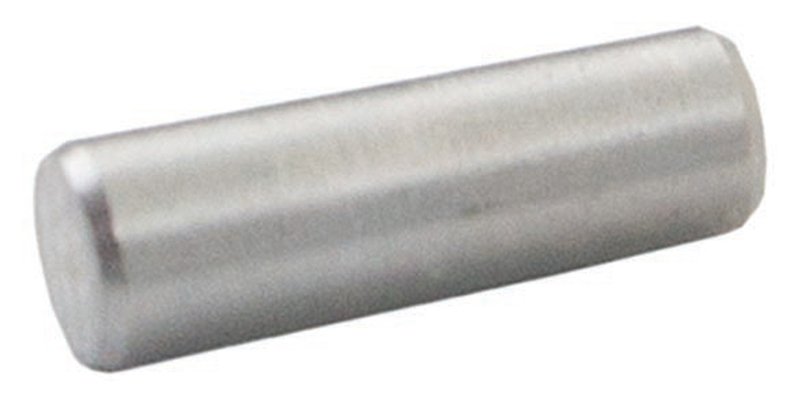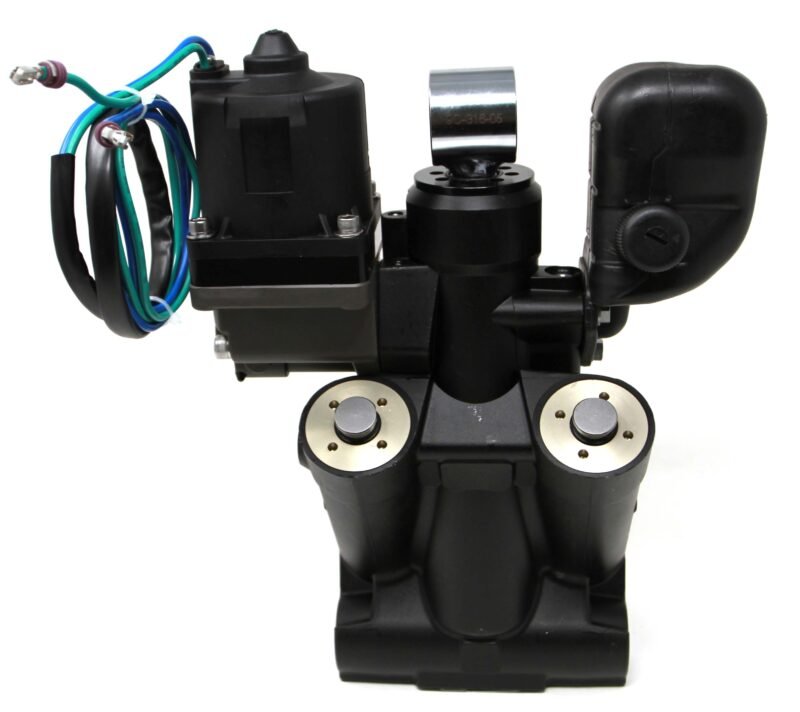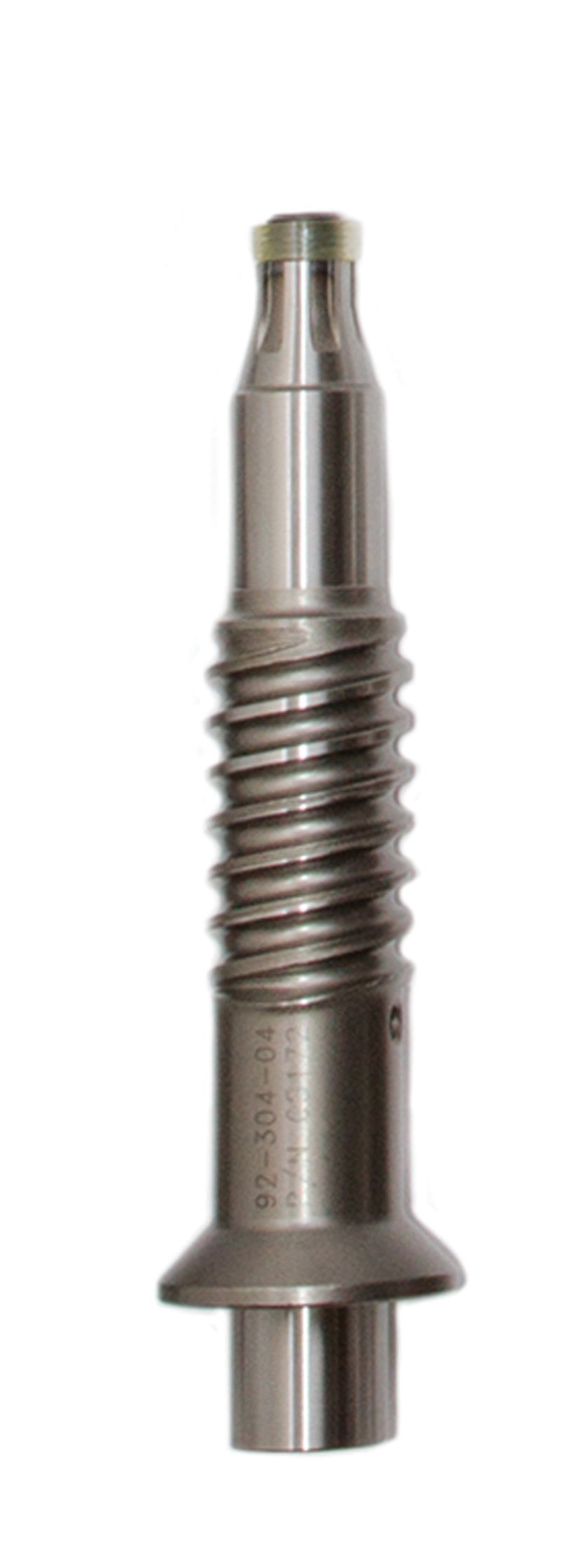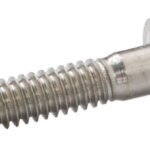
MOUNTING BOLT
March 20, 2024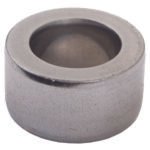
SLEEVE
March 30, 2024
Description
- Function: The primary function of a key is to transmit torque from a rotating shaft to a mating component, such as a gear, pulley, or wheel, preventing slippage and ensuring synchronized rotation. It provides a positive mechanical connection between the shaft and the component.
- Design: Keys come in various shapes and sizes, including square, rectangular, tapered, and Woodruff keys. They typically feature a rectangular cross-section with parallel or tapered sides and are inserted into matching keyways or slots machined into the shaft and the mating component. This interlocking design prevents relative motion between the parts.
- Materials: Keys are commonly made from materials such as steel, stainless steel, or brass, chosen for their strength, hardness, and resistance to wear. The choice of material depends on factors such as the application requirements, load conditions, and environmental factors.
- Installation: To install a key, it is inserted into the keyway on the shaft and then aligned with the corresponding keyway on the mating component. The key is typically secured in place using a set screw or other fastener to prevent it from shifting during operation. Proper alignment and fit are essential to ensure effective torque transmission.
- Applications: Keys are used in a wide range of mechanical assemblies and equipment, including motors, engines, pumps, conveyor systems, and power transmission systems. They are critical for maintaining the integrity and reliability of rotating machinery by preventing slippage and ensuring smooth operation.
- Maintenance: Keys require periodic inspection to ensure that they remain properly seated and engaged in the keyways. Any signs of wear, deformation, or damage should be addressed promptly by replacing the key to prevent potential equipment failure or damage.

